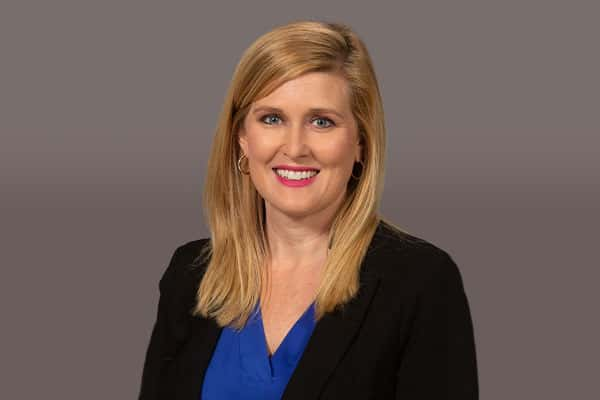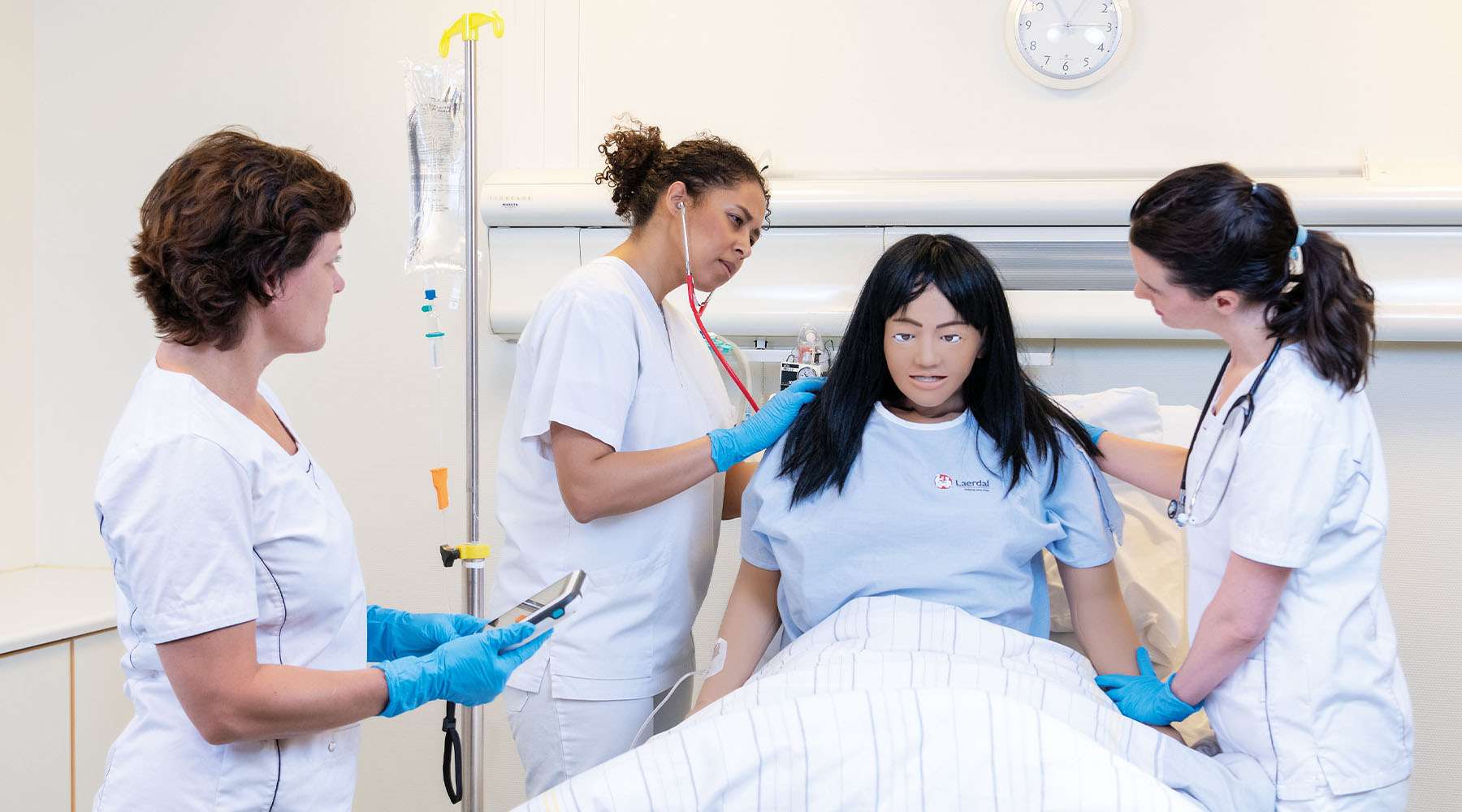The Journey to CBE at Mississippi State University
An Interview with Alaina Herrington, DNP, RN, FAAN, FSSH, ANEF, CHSE-A, CNOR(E)
Associate Professor of Nursing, Director of Simulation and Clinical Affairs, Mississippi State University


About Dr. Herrington
Dr. Alaina Herrington is renowned throughout the nursing education community for her enduring leadership in simulation education. She has spearheaded state, national, and international projects that expand student learning. Herrington has cultivated simulation educators by creating steps, tools, exemplars, and courses leading them with the knowledge to achieve simulation certifications and accreditation. Her research, mentorship, and contributions to creating standards of best practices have been a result of initiatives she led on international boards, committees, and task forces. Some of her most significant contributions have been creating a statewide simulation faculty development program, founding the Society for Simulation in Healthcare’s Online Accreditation Courses, and being a creator/contributor to the National League for Nursing’s Nursing Edge Blog.
Dr. Herrington: I am Alaina Herrington and I’m the Director of Simulation at Mississippi State University. I am so excited because [we] have never done healthcare before, [but we] started a physician assistant program two years ago. I’m getting to set it up right.
Dr. Herrington: We are a brand-new nursing program – so we got to start from scratch. We took the new Essentials, and we really just intentionally thought about, “what does a nurse need to know?”
And if they didn’t need to know it, we did not include it in our curriculum. And we really focused our curriculum on team-based learning. We do the iRAT and tRAT questions, and we expect the students to really know the material [before they get there], because we’re going to make them learn and implement the material when they are on site.
We are constantly doing that feedback, evaluation, and improvements every day, even in the classroom.

Dr. Herrington: [One of] the challenges we have had with implementing CBE is, a lot of our students are not used to getting lower grades. They are all A students. When we are explaining what is competent, not competent, and above average, we are trying to tell them that the expectation isn’t really to be above competent level because they are in undergraduate nursing school.

Dr. Herrington: We are using assessment and evaluation of competencies by really giving them timely feedback. Every day, the students are going to get feedback. In formative experiences and summative experiences, we’re using the same rubric that we’re going to use for that competency check-off. So they are very confident when they go to do it. And there’s no “I gotcha” moments. We are very clear and transparent to them.

Dr. Herrington: We use ATI throughout our whole program. So we’ve literally put all the ATI evaluations into our SimCapture system. That’s been very helpful.
Dr. Herrington: If I had to give people advice on implementing CBE activities, I would really think [about] the end in mind. The end is your stakeholders, your community partners. Go to them to find out what their main concern is so that [you] are implementing that in [your] CBE education.

Dr. Herrington: SimCapture is really one of my favorite things that we are doing. We introduce it in the students’ orientation on the first day. We have them scan and put the app on their phone. We make sure that they can see how to utilize it.
Every time they come to lab, they have to go online and they see the competency check-off that they’re going to use, and they do a peer review on each other. So if I am the faculty leading that lab session, I’m able to go online and see where they are, where are they struggling, and who is struggling. So I go directly to that student.
We also use it [for] recording videos. If a student is still not feeling great right before a competency check-off, we allow them do a self-assessment and they will record themselves and it will upload to the faculty. And then the faculty will give timely feedback just before the competency check-off to help the student feel more comfortable.

Dr. Herrington: The data that we’re getting through SimCapture is just kind of mind boggling. SimCapture has really given us some data for me to be able to show those that haven’t used simulation before, just how powerful simulation can be.
And then we also saw that we were having a problem with hand sanitizing. You wouldn’t think that. But we looked at that and we were decreasing that by 9%. We had a little bit of work to do. We used that to help us improve in our program.
But the thing that I see for the future for SimCapture is, it makes our school, our simulation program, the center hub for healthcare. A lot of the programs that are on our main campus, they have not used simulation before.
Just introducing it to them, showing how they can do the Mobile Camera option and they can upload and utilize our same system is really powerful, especially to show the administration that we are truly interprofessional. And then that’s going to help bridge and really create a better environment for our patients.